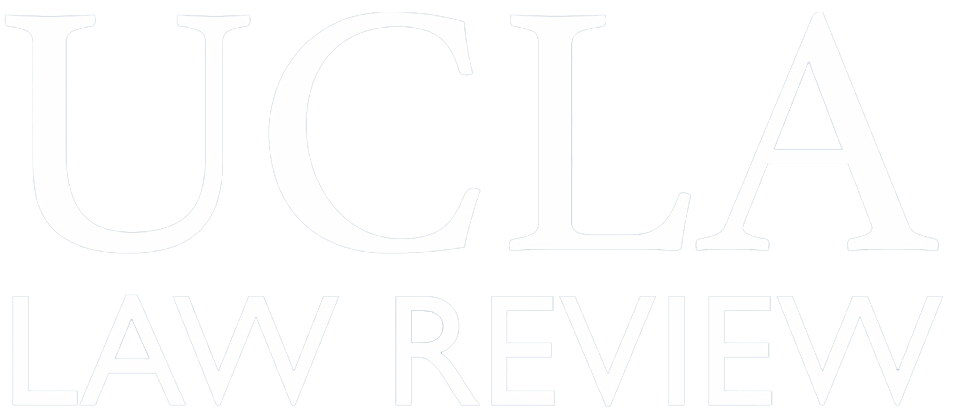When the U.S. Supreme Court, in Lawrence v. Texas, struck down a law criminalizing homosexual sodomy, its decision was seen by the press and other political observers as a major contribution to American public life. The Court’s opinion also caught the attention of commentators on constitutional law, for it drew on the theme of equal citizenship to justify a decision resting on substantive due...
Legal Realism in Action: Indirect Copyright Liability's Continuing Tort Framework and Sony's De Facto Demise
The U.S. Supreme Court’s indirect copyright liability standard, derived in Sony Corp. of America v. Universal City Studios, Inc. from patent law and reasserted in Metro-Goldwyn- Mayer Studios Inc. v. Grokster, Ltd., is widely seen as creating a safe harbor for distributors of dual-use technologies. Yet, when one looks to cases decided since Sony, subsequent legislative enactments, and post-Sony...
Dysfunctional Equivalence: The New Approach to Defining "Postal Channels" Under the Hague Service Convention
In recent years, article 10(a) of the Hague Service Convention, which allows for the sending of judicial and extrajudicial documents abroad by postal channels, has proven difficult to apply in the face of commercial and techno¬logical change. The difficulties stem from the fact that the Convention neglects to define the term “postal channels.” In 2006, the Permanent Bureau of the Hague Conference...
The Path to Recognition of Same-Sex Marriage: Reconciling the Inconsistencies Between Marriage and Adoption Cases
Only five years ago, same-sex marriage was not legal anywhere in the United States. That changed in November 2003, when the Supreme Judicial Court of Massachusetts held in Goodridge v. Department of Health that the state may not deny the protections, benefits, and obligations conferred by marriage to two individuals of the same sex who wish to marry. Advocates of same-sex marriage hoped that the...
The Solomon Amendment, Expressive Associations, and Public Employment
Employment law commentators have paid insufficient attention to the Solomon Amendment case of Rumsfeld v. Forum for Academic & Institu¬tional Rights, Inc. (FAIR) and its discussion of the right to expressive association under the First Amendment. By failing to methodically analyze whether all law school constituents of the FAIR organization constitute expressive associations, the Court...
Challenges to Civilian Control of the Military: A Rational Choice Approach to the War on Terror
Legal study of the institutions of national security decisionmaking has focused primarily on the allocation of authority between the president and the U.S. Congress to wage war. An overlooked gap within this framework is the strained relations between the U.S. civilian leadership and the military. The War on Terror has exacerbated these tensions—particularly with the Judge Advocate General’s...
The Commerce Clause and the Myth of Dual Federalism
Despite its substantial theoretical flaws, dual federalism—the model of American federalism according to which the field of federal regulation is separated from the field of state regulation in a mutually exclusive (or close thereto) fashion—continues to attract sophisticated adherents. In this Article, I debunk the myth that the U.S. Supreme Court was ever committed to a dual federalist...
The Federal Government as a Constitutional Niche in Affirmative Action Cases
Although the U.S. Supreme Court has held that the same strict scrutiny standard applies to both state and federal affirmative action, federal courts often appear to apply a more deferential form of strict scrutiny to the federal government’s use of race. Analyzing the entire corpus of published federal court decisions between 1990 and 2003, I show that federal affirmative action laws are twice as...
